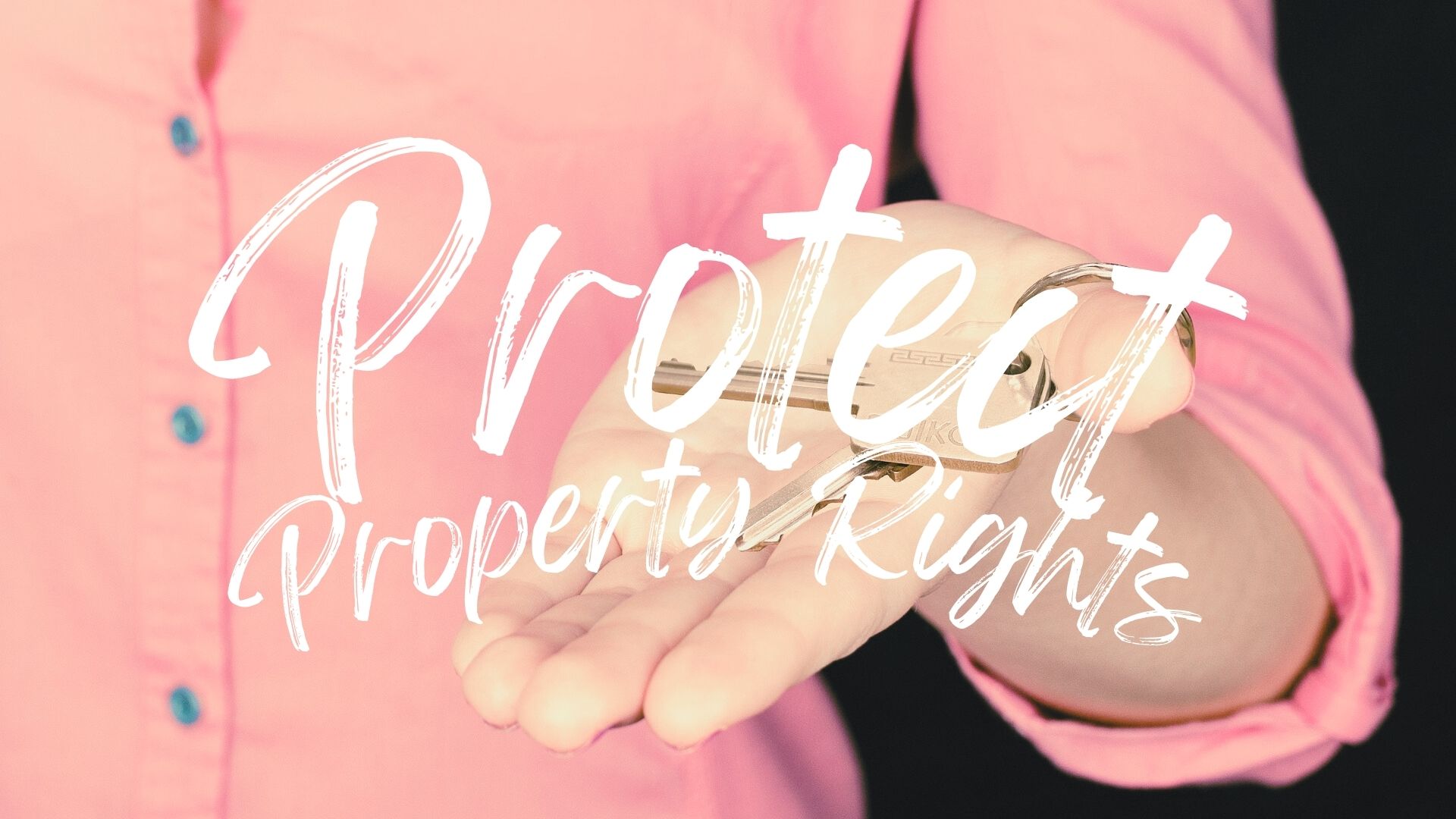
Cap Rates for Different Property Classifications and Neighborhoods
Capitalization rates, or cap rates, are a crucial metric in real estate investing, representing the expected rate of return on an investment property. Cap rates vary significantly based on the property’s location, condition, and neighborhood quality, ranging from D (bad) to A (excellent) neighborhoods. Here’s an overview of how cap rates differ across these classifications and the types of investors typically interested in each.
The cap rate is calculated by dividing the property’s annual net operating income (NOI) by its current market value or purchase price:
CR=NOI/
Property value = annual NOI/CR

CBRE provides comprehensive reports for cap rate stats and trends
Neighborhood Classifications
D Neighborhoods (Bad)
- Characteristics: High crime rates, poor infrastructure, low property values, and high vacancy rates.
- Cap Rates: Typically high, ranging from 10% to 15% or more. The increased risk and potential for higher returns if the investment succeeds.
- Investor Types:
- Speculative Investors: Looking for high-risk, high-reward opportunities.
- Rehabilitation Investors: Willing to invest in significant property improvements to reposition the property.
- Experienced Investors: Those who have experience managing high-risk properties and navigating challenges in distressed areas.
C Neighborhoods (Below Average)
- Characteristics: Moderate crime rates, older infrastructure, lower-income residents, and moderate property values.
- Cap Rates: Generally range from 8% to 10%. Still relatively high, indicating higher risk but also potential for solid returns.
- Investor Types:
- Value Investors: Looking for properties that can be improved with moderate investment to increase value.
- Cash Flow Investors: Seeking steady rental income with higher yields.
- Intermediate Investors: Those with some experience and willingness to manage properties with moderate risks.
B Neighborhoods (Average)
- Characteristics: Lower crime rates, decent infrastructure, middle-income residents, and stable property values.
- Cap Rates: Typically range from 6% to 8%. These reflect a balance between risk and return, attracting a broad range of investors.
- Investor Types:
- Balanced Investors: Looking for a mix of appreciation and cash flow.
- Long-Term Hold Investors: Seeking stable, long-term investments with moderate returns.
- Newer Investors: Comfortable with managing properties that require moderate oversight and maintenance.
A Neighborhoods (Excellent)
- Characteristics: Low crime rates, excellent infrastructure, high-income residents, and high property values.
- Cap Rates: Generally low, ranging from 3% to 6%. This reflect lower risk and stable returns, often from high-quality tenants.
- Investor Types:
- Institutional Investors: Such as REITs and pension funds, looking for low-risk, stable returns.
- High Net Worth Individuals: Seeking to preserve capital with low-risk investments.
- Long-Term Investors: Focused on property appreciation and minimal management issues.
- Conservative Investors: Preferring safe, stable, and predictable returns over high yields.
| Neighborhood | Cap Rate Range | Investor Type | Characteristics |
|---|---|---|---|
| D | 10% – 15%+ | Speculative, Rehabilitation | High risk, high vacancy, poor infrastructure |
| C | 8% – 10% | Value, Cash Flow, Intermediate | Moderate risk, older infrastructure, lower income |
| B | 6% – 8% | Balanced, Long-Term, Newer | Balanced risk, decent infrastructure, stable |
| A | 3% – 6% | Institutional, High Net Worth | Low risk, high income, excellent infrastructure |

Follow us
A quick overview of the topics covered in this article.






